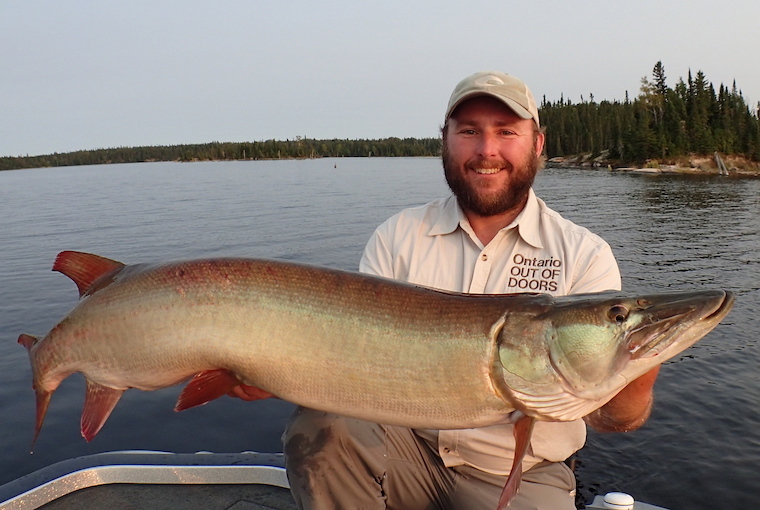
Here comes one. It’s a big fish too,” I announced to my fishing partner. The oversized muskie was inches behind my bucktail as I started to figure 8. I watched it stalk my bait at the side of the boat, but with each turn of the figure 8 the muskie became less interested and disappeared out of sight. I reached over and saved a waypoint on my Humminbird, knowing full well we’d be returning later.
Locating a muskie, also known as raising one, is a significant event — an accomplishment in itself. Equally important is coming up with a plan for going back on raised fish. Muskies are territorial and it’s common to catch fish from the spot where they’ve previously been located.
Time it right
There’s no right or wrong answer on when to go back on a fish that’s been raised. In the previous example we returned at sunset and my fishing partner caught that muskie on a topwater bait.
I’ve seen raised fish caught anywhere from minutes to a week later, and everywhere in between. My strategy for deciding when to go back on a fish is largely based on my judgment of the fish’s activity level during initial contact. The more active it is, the sooner I’ll make another play at catching it.
“Hot” fish previously raised
If I raise a “hot” fish, one that’s moving quickly and acting aggressively, I’ll try to catch it again almost right away. I usually stop casting after and quietly move off the spot for a few minutes. I’ll sharpen my hooks and decide if I’m going to change baits. This grace period gives the fish time to reposition and oftentimes they return to the same ambush spot.
Fish that aren’t as active usually follow farther behind baits and lower in the water column. They don’t act aggressively in the figure-8, if they engage boatside at all. I’m convinced these follows are out of curiosity, rather than intent on eating the bait. Situations like this call for more time before going back.
An extreme case of landing a previously raised fish is one I caught a week after making initial contact. The first time I raised it, it followed around midday and then again a few hours later. What struck me about this fish was the sheer size of it. I made a number of follow-up attempts to catch it without result until one week later. Under similar circumstances and the same time of day — from exactly the same spot — the big muskie ate.
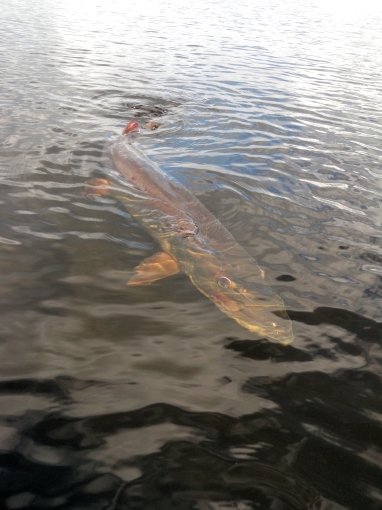
Change up
Being at the right place at the right time is the biggest challenge in muskie fishing. These fish have short feeding windows, and identifying when they are more likely to eat is key to success.
A change in weather conditions is one of the most obvious things to look for when deciding when to go back on a raised fish. More drastic changes are going to have bigger effects on a fish’s behaviour. When the barometric pressure is dropping and there’s weather coming in, that’s a good time to revisit raised fish. But subtle changes like light levels and wind speed and direction can also cause fish to become more active.
Solunar worth considering
Solunar events are worth considering when deciding to go back on fish, too. I’ve seen enough muskies caught during key solunar times to know the correlation is real. Daily events like sunrise, sunset, moonrise, and moonset are particularly significant.
Several phone apps outline specific times during the day when each solunar event is happening. I refer to this information daily.
You can also visit OOD’s solunar calendar for reference.
If I’ve raised any fish over the course of a day, my strategy for going back on them always coincides with solunar events.
More to consider
There’s more to going back on a fish than the fish itself. You’re also going back to a spot that’s been holding fish. I can’t count how many times I’ve returned to a spot where I’ve raised a fish and ended up catching a different one.
A concept I live by when muskie fishing is that when a spot is hot, it’s hot, and I’ll fish it multiple times in a day for consecutive days.
Last season, for example, I caught six muskies off the same spot over a four-day stretch. I’ve also caught the same muskie from the same spot years later. If a spot works once, odds are high it will produce again.
What bait?
Deciding whether to change baits or stick with the one that raised the fish is another decision to make. Change colour? Change size? Change speed? Change depth? Change action? Change to another bait altogether? Unfortunately, there’s no playbook with the right answer. Do what makes sense at the time and learn from successes and failures alike.
In a game where locating fish is half the battle, it’s well worth returning to locations where fish have been raised. And when you do catch a fish, it’s a sure sign to go back on other previously raised fish. When feeding windows open, expect other fish to be in the mood to bite.
Originally published in the August 2019 edition of Ontario OUT of DOORS magazine


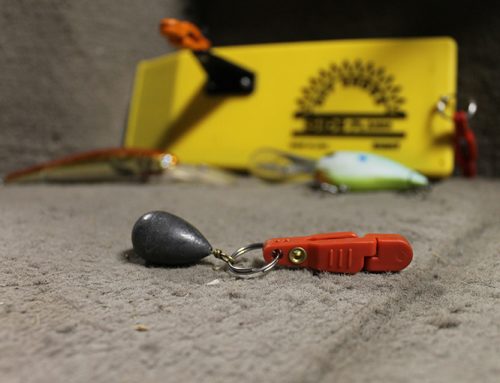
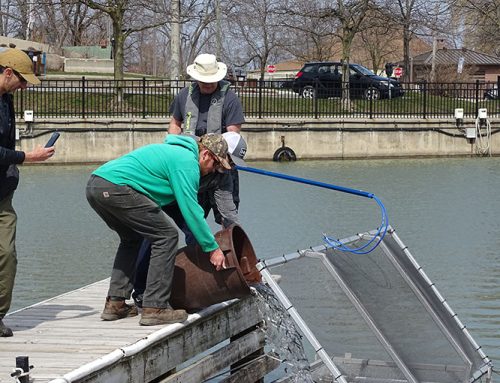
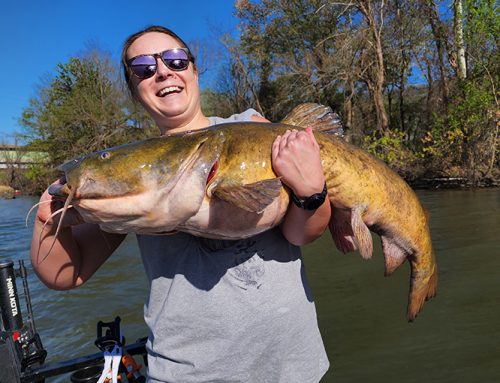
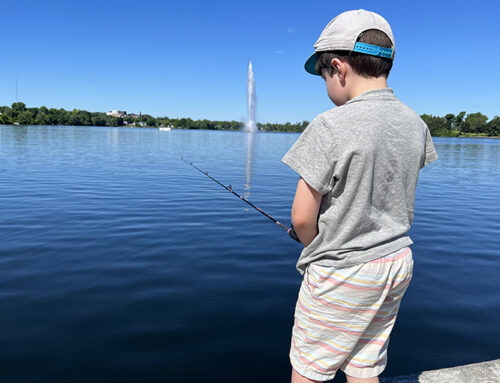
Leave A Comment